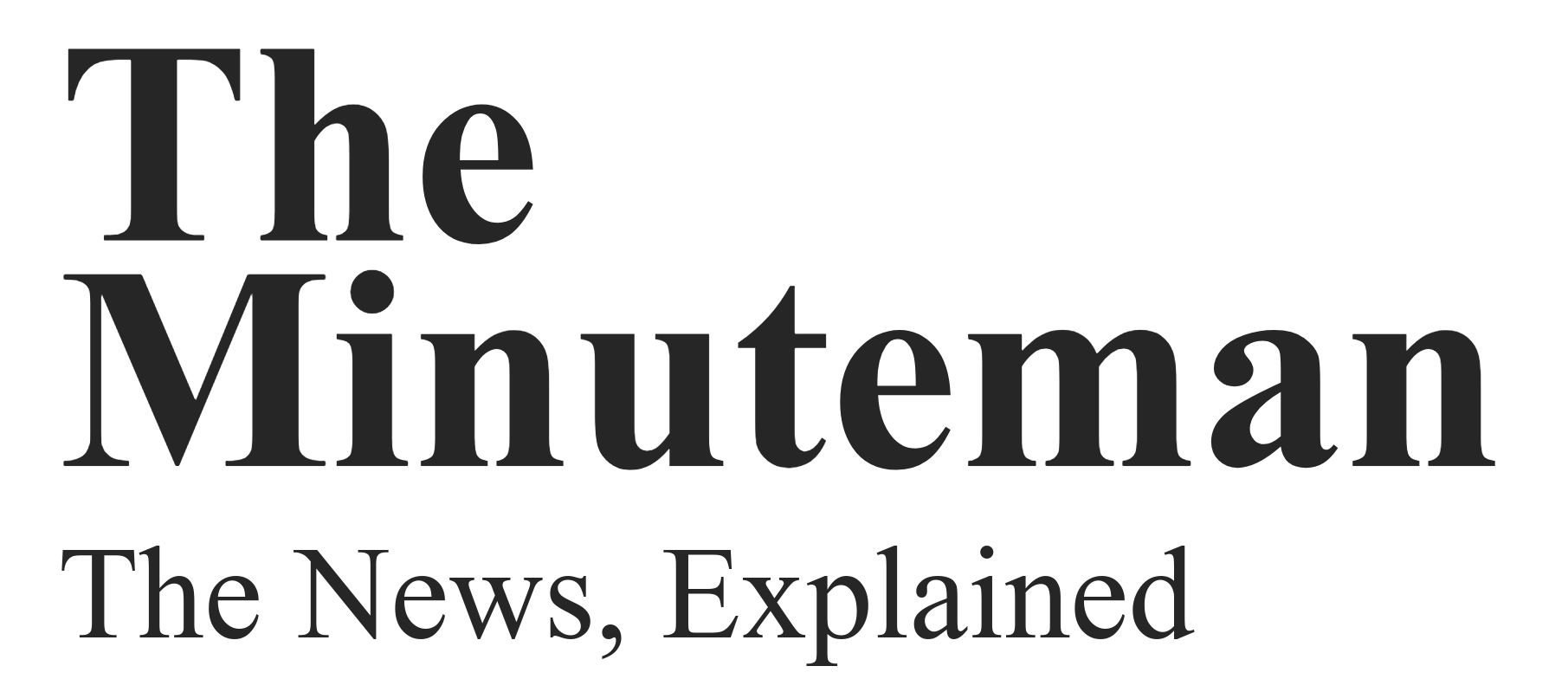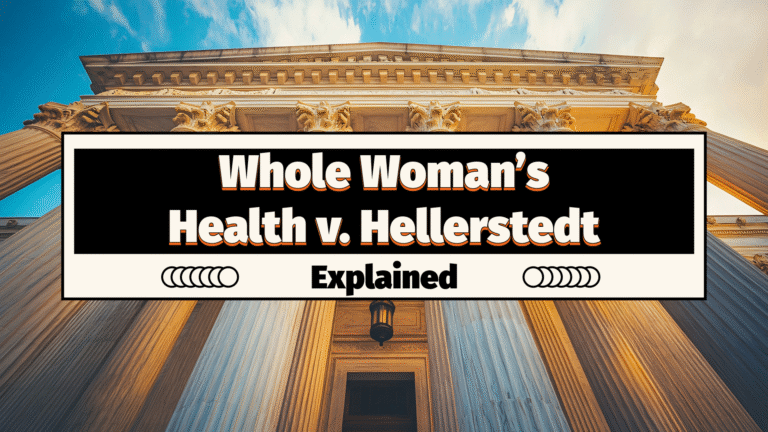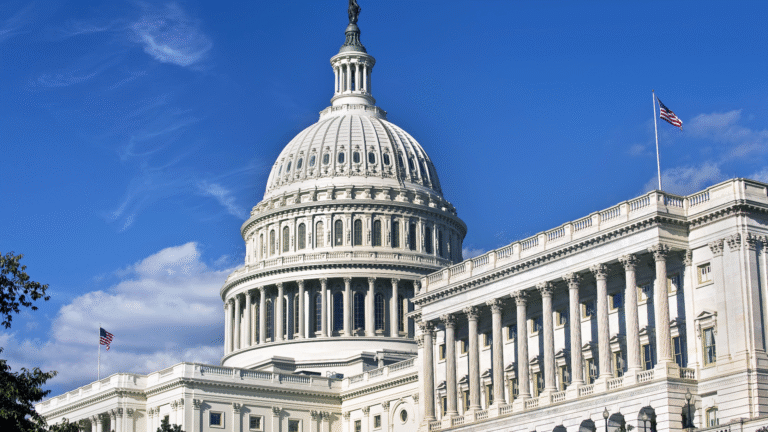The Shutdown Fight Over ACA Subsidies: What’s at Stake for 2026 Premiums, Enrollment, and State Budgets
Enhanced ACA subsidies have helped more than 24 million Americans afford health coverage since 2021, driving the nation’s uninsured rate to historic lows. But with Congress still gridlocked deep into the shutdown and open enrollment already underway, those subsidies are poised to expire—triggering steep premium hikes, market instability, and new pressure on hospitals and state budgets. What began as a funding dispute has become a test of whether Washington can act before millions lose the coverage that made the Affordable Care Act work.
As enhanced subsidies face expiration, millions brace for premium hikes—and Washington remains gridlocked.
TL;DR:
- Congressional gridlock has led to a government shutdown centered on expiring ACA subsidies that affect 24 million Americans.
- These enhanced subsidies, introduced in 2021, lowered premiums significantly and increased enrollment—but they are set to expire on Dec. 31, 2025.
- If they expire, average subsidized premiums could more than double, with an estimated 3.8–4 million people losing coverage.
- Hospitals, state budgets, and local communities could face new burdens from increased uncompensated care.
- The subsidies are popular across party lines, but bipartisan compromise remains elusive amid partisan brinkmanship.
Setting the Stage: Health Care in Shutdown Limbo
The U.S. government has entered its sixth week of shutdown, not over a wall or debt ceiling—but over health insurance subsidies. Specifically, the enhanced Affordable Care Act (ACA) tax credits that made health coverage cheaper for 24 million Americans. Democrats are demanding an extension before agreeing to fund the government. Republicans are holding out, citing costs and abuse concerns – it should be noted that while abuse does occur (about 1.62% of payments are fraudulent), it is increasingly rare and does not justify policy change. With open enrollment taking place, the uncertainty is triggering real-world anxiety for families, providers, and state officials.
What Are ACA Subsidies—and Who Do They Help?
ACA subsidies help people buy private insurance on state and federal exchanges. They target the “missing middle”—those who earn too much for Medicaid but don’t have employer coverage. Originally pegged to a sliding income scale (2–10% of income), subsidies were enhanced in 2021 to cap premiums at 8.5% of income and offer zero-cost plans for the lowest earners. These changes drove enrollment to record levels, particularly in states that didn’t expand Medicaid, and helped people like gig workers, caregivers, and small business owners stay insured.
How Did We Get Here?
The 2021 enhancements were part of pandemic relief but were only extended through 2025. Democrats pushed to make them permanent, but lacked the votes. Now, with the deadline approaching, they’ve tied funding the government to renewing these subsidies. Republicans are split—some support extending them, while others want a full ACA overhaul. Conservative groups argue the subsidies are costly and encourage fraud – more on this later. Meanwhile, voters overwhelmingly support an extension, with 78% in favor across party lines, including Trump supporters.
What Happens if They Expire?
The consequences are straightforward and steep:
- Premium spikes: Average subsidized premiums would rise from $888 to $1,904 annually, a 114% jump (KFF).
- Coverage losses: The CBO estimates 4.2 million people could drop coverage, especially healthier enrollees.
- Market destabilization: Fewer healthy enrollees mean higher risk pools, insurer exits, and reduced competition.
- Strain on providers: More uninsured means more ER visits and unpaid bills, hitting local hospitals and state budgets hard.
Real People, Real Stakes
For Celia Monreal in Texas, the stakes are her husband’s knee replacements and her own chronic hypertension. For Erin Jackson-Hill in Alaska, it’s whether she can keep her nonprofit job and care for her elderly father while managing her asthma. Freelance filmmaker Stan Clawson says insurance is the only way he can afford the catheters he needs daily. And even some Republicans who benefited—like Pennsylvania hair stylist Chrissy Meehan—are questioning their vote as their coverage teeters on the brink.
Why State and Local Budgets Are Watching Closely
When insurance disappears, illness doesn’t. Hospitals are often left holding the bag. Emergency-room visits rise, uncompensated care piles up, and local governments — through Medicaid and public hospital systems — end up absorbing the costs. In red and blue states alike, officials are now sounding that alarm from the trenches. For example, Jon Godfread, North Dakota’s Republican Insurance Commissioner, warned that if Congress waits past the Nov 1 open-enrollment deadline (which they did), consumers might log in, see sticker-shock premiums, and walk away — “even if Congress ultimately extends the credits by the end of December.”
And the early signs are troubling: insurers and states have approved 2026 rate increases already. The system is now operating under the assumption of a subsidy cliff, which means the risk pool, market stability, and access for tens of millions are all on shaky ground.
The Policy Battle—and the $350 Billion Price Tag
Extending the enhanced subsidies would cost $30 billion a year—or $350 billion over a decade. Opponents argue that’s unsustainable. Proponents counter that pulling the subsidies now will unravel years of progress. While some Republicans are proposing tweaks—like income caps or co-pays to avoid auto-enrollment fraud—there’s no consensus. Democrats say the only way forward is a clean extension. Meanwhile, families are already receiving letters warning of skyrocketing premiums in 2026.
Supporters also argue that the subsidies, while costly on paper, ultimately save money across the broader system. Keeping people insured reduces emergency room visits, unpaid hospital bills, and the burden on state and local governments that often foot the bill for uncompensated care. Studies from the Urban Institute and Harvard Kennedy School note that when coverage lapses, health costs don’t disappear—they shift, becoming more expensive and less efficient. Subsidies also promote stability in the workforce, as insured workers are healthier and less likely to leave jobs due to medical crises. In that sense, the $30 billion annual price tag may be better understood as an investment in preventive care and economic stability, rather than an unsustainable expense.
“When people lose health insurance coverage, they don’t stop getting sick. In practice, the uninsured often seek care through emergency rooms, putting strain on hospital budgets who must cover these costs as uncompensated care. State and local governments often end up bearing additional burden through public hospitals and Medicaid funding for uncompensated care.” — Mark Shepard, Harvard Kennedy School (2025)
What to Watch
- Immediate enrollment behavior (Nov. 1 onward): With open enrollment now underway and no agreement yet, watch for early signs of drop-offs, plan downgrades, or non-renewals driven by sticker shock from displayed 2026 premiums. Analysts have warned average out-of-pocket premiums for subsidized enrollees could more than double if the enhanced credits lapse.
- Mid-November signals from marketplaces/insurers: Expect clearer readouts in the next 1–2 weeks on shopping traffic, call-center volumes, and plan selection mix (e.g., shifts from Silver to Bronze). Insurers had already priced in uncertainty about the credits, contributing to higher filed rates for 2026.
- Whether Congress moves before Dec. 31: The credits still legally expire at year-end. A late-year “clean extension,” a short bridge, or a phased compromise (income caps, co-pays) would all change what consumers actually owe—potentially after many have already made choices.
- State-level pressure points: If more people go uninsured, uncompensated care could rise, increasing strain on hospitals and state/local budgets (Medicaid/public hospital systems). Track hospital financial notes and state regulator advisories for early stress signals.
Bottom Line
ACA subsidies were designed to make private insurance affordable for millions of Americans. But with no deal reached as of early November and open enrollment underway at higher apparent rates, that promise now risks morphing into a patchwork of soaring premiums, dwindling choices, and rising uninsured rates. The question isn’t only whether Congress will act—but whether it acts soon enough to prevent the health and financial security of millions from becoming unintended casualties of the deadlock.
Sources:
- Kaiser Family Foundation, “ACA Premium Subsidy Analysis,” Oct. 2025
- Congressional Budget Office, “Federal Subsidy Cost Projections,” Sept. 2025
- Harvard Kennedy School Policy Topics, Interview with Mark Shepard, Oct. 2025
- AP-NORC Poll, Public Concern About Health Costs, Oct. 2025
- PBS.org, “Health care subsidies are at the heart of the shutdown fight. Here’s who loses if they expire,” Oct. 2025
- NPR, “5 things to know about the health care fight behind the shutdown, Oct. 2025
- North Dakota Monitor, “North Dakotans face steep rise in health insurance without federal tax credits, commissioner warns,” Oct. 2025
- The Commonwealth Fund, “Policymakers Can Protect Against Fraud in the ACA Marketplaces Without Hiking Premiums,” Oct. 2025







